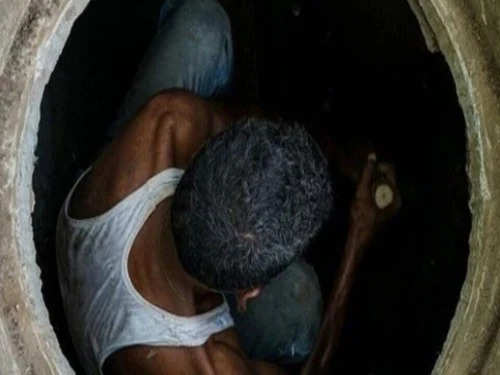Jaipur : Jantar Mantar built by Sawai Jai Singh is included in the UNESCO World Heritage List. The instruments present here are very ancient but still give proof of modernity. With these instruments, time is measured, future eclipses are detected and the speed of stars is estimated. Jantar Mantar Jaipur is one of the best works of India. These instruments clearly show the high level of intelligence of India’s knowledgeable astronomers and mathematicians. You must witness this great work of your country.
History of Jantar Mantar Jaipur
In 1728, Amer’s king Sawai Jai Singh started the work of Jantar Mantar, through which astrological and astronomical events have been predicted from time to time and it has gained fame all over the world. The king built astronomical observatories at five places which are located in Jaipur, Delhi, Ujjain, Mathura and Banaras. Among all these observatories, Jaipur’s Jantar Mantar is the largest and it took ten years to build it. All the instruments present here are made of stones. Earlier these instruments were made of wood for temporary observation and then after everything was finalized, these instruments were made of stone.
jantar mantar ticket price
The ticket price for Indian adults at Jantar Mantar Jaipur is ₹50 and for Indian students it is ₹15. On the other hand, the ticket price for foreign tourists is ₹200 and for foreign students it is ₹100. Jantar Mantar Jaipur timings are from 9 am to 5 pm. It is open seven days a week, so you can come here any day and spend your time. You can see the entire Jantar Mantar in 30-45 minutes.
Main attractions of Jantar Mantar Jaipur
The instruments of Jantar Mantar are very attractive and speak for themselves. There are 19 instruments which are of different geometric shapes. You can take the help of an audio guide to understand Jantar Mantar in detail:
1. Circle Emperor Yantra
This instrument is located on the right as soon as you enter. This instrument is used to find out the current position of the sun and the local time. These instruments are important because even after such a long gap, they have maintained their existence and are still doing their work properly. Jantar Mantar Jaipur is the best example of India’s highest class work. Imagine how the sun’s rays, falling on the center point of this instrument, tell the time in a very short time. For ordinary people, this is no less than a miracle.
2. Miniature Emperor Yantra
This instrument is also called a sundial. This instrument is a smaller form of the Samrat Yantra, hence it is called Laghu Samrat Yantra. This instrument made of red stone detects the local time. This instrument is located to the west of the Dhruv Darshak Patti. It is a matter of pride to have so many excellent instruments for calculating time at one place.
3. Ramayantra
Some important calculations are done with the help of degree panels in the shape of pillars around the centre of the circle. This instrument has been built near the western wall of Jantar Mantar. Miniature versions of this instrument are also located near it. There are many such instruments whose miniature versions are also kept here and two miniature versions of Ram Yantra are present here. It is very famous for estimating the celestial activities along with the time. That is why this monument is in so much discussion.
4. Jaiprakash Yantra
Another main attraction here is a bowl-like shape. Its edges are considered as the horizon and half of the astronomical conditions are displayed for each object. This instrument is situated exactly in the middle of Samrat Yantra and Disha Yantra. These instruments also provide knowledge of the zodiacal conditions of the Sun.


